This image is of a new garden design project for a home that is currently being constructed, and I have been asked to come in early! This doesn’t happen that often, usually I don’t get to site until the house has been built, but there are many benefits of being engaged this early in the project. The first is SOIL, the existing soil in this garden is being kept onsite, Hooray! Although it is being piled up and may be somewhat in the way, it is saving on tip fees and the cost of buying in soil but the biggest saving is by keeping the existing soil available you are also keeping all the soil microorganisms.
The general rule of thumb with a new build is that the soil either gets taken away because of level changes, building material contamination or to be sold on. It can be difficult to find somewhere to store the soil and most building companies are simply working to a lock-up date and have little time to consider the landscaping that will follow. Therefore many people end up importing soil to create the gardens beds in their new gardens. Unfortunately that soil you buy in is DEAD.
When I say dead I mean there is no life in it what so ever, no worms, no mycorrhizal fungi and no microorganisms. By keeping as much of your existing soil as possible onsite you are keeping a living system that helps support the growth of your new plants.
The garden bed in the image above had new soil brought in, however as the brick wall had been recently rendered and painted the soils pH was very high. This is something else to be aware of, check where the builders clean out their wheel barrows and tools at the end of the day, take note of what has been painted or rendered, even where cement has been used as all these activities will alter both the pH and the toxicity of your soil.
In the image above you can see the narrow garden bed along the path will need to have soil brought in. In this garden the soil had to be removed to create a clear flat area as a visitors parking bay, two raised garden beds have been created with sandstone boulders behind this space and new soil was brought in. The new soil has a pH of 8, which is very high. I have had this problem several times with landscape materials suppliers, for some reason a native mix soil is often made very alkaline meaning the plants will not have access to all the nutrients they need in the soil. I am trying to lower the pH of this garden bed using coffee grains and sulphur, after which I will use a thick layer of mulch that will break down quickly and add organic matter to the soil. Probably for this garden we will use the existing leaf litter as it is plentiful and local.
So, avoid buying soil where possible, if it is unavoidable try to include in your new soil a thick layer of organic matter on the top which will break down and encourage micro-organisms back into the soil. And always, always check the pH of your new soil.

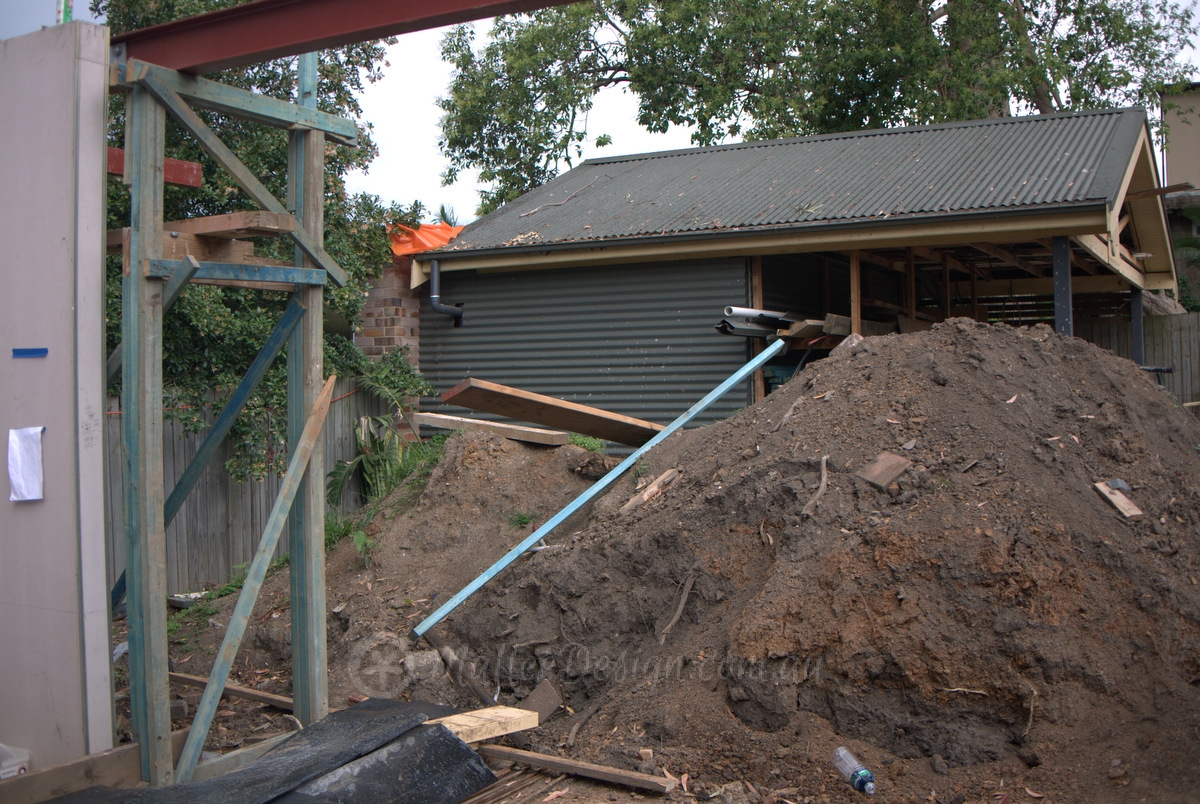
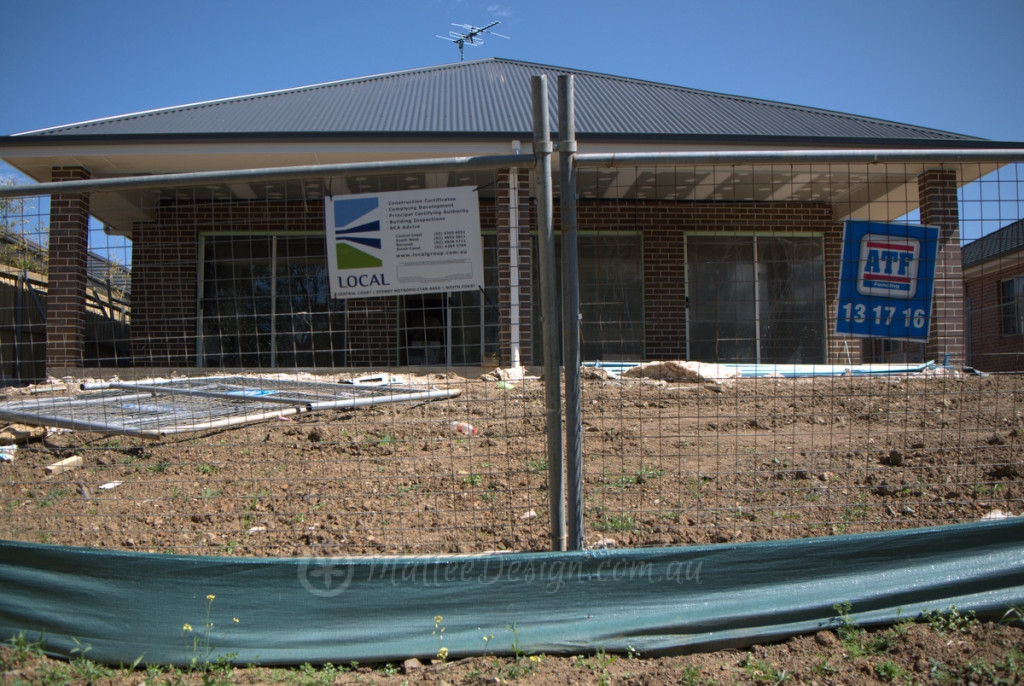

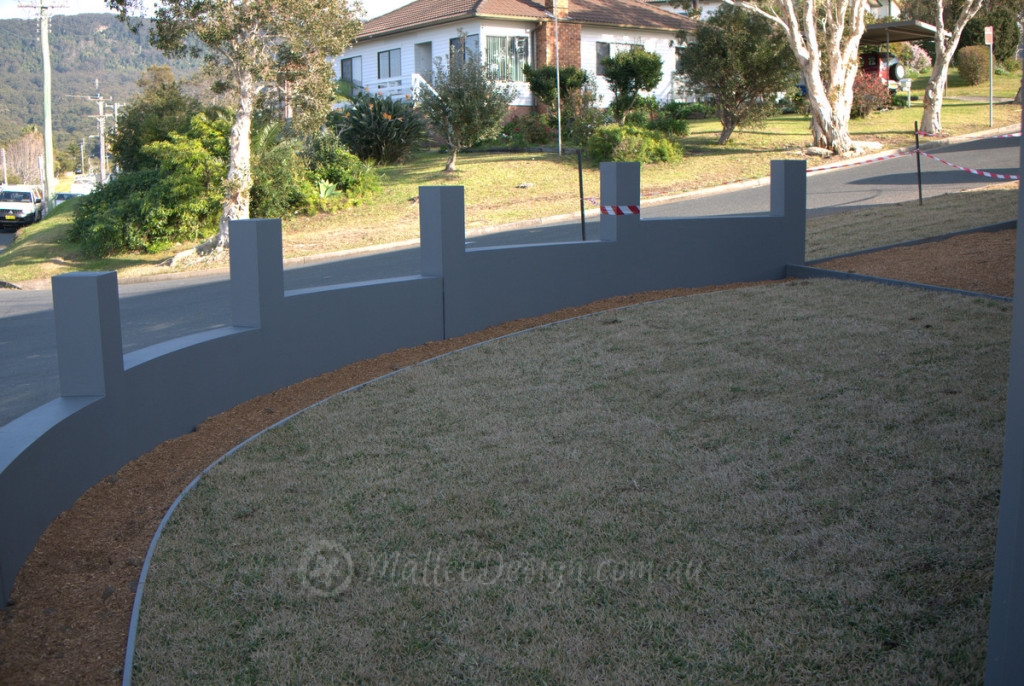
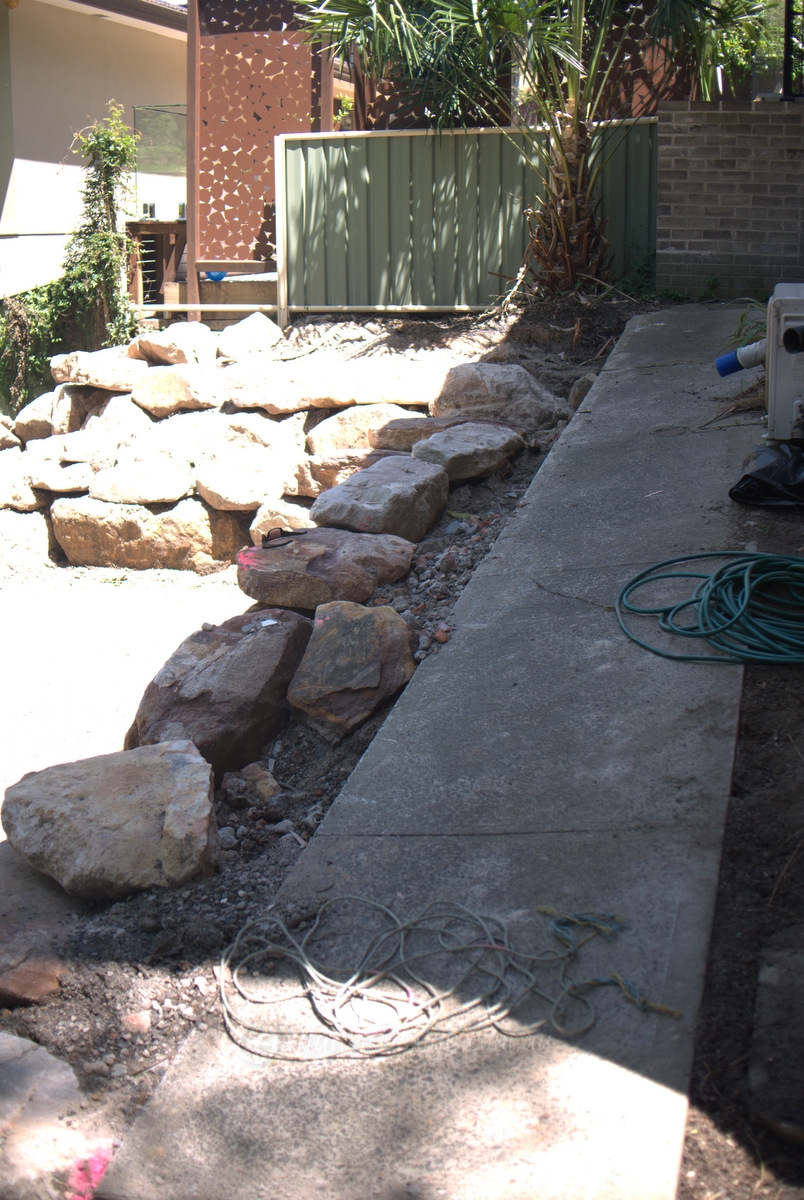
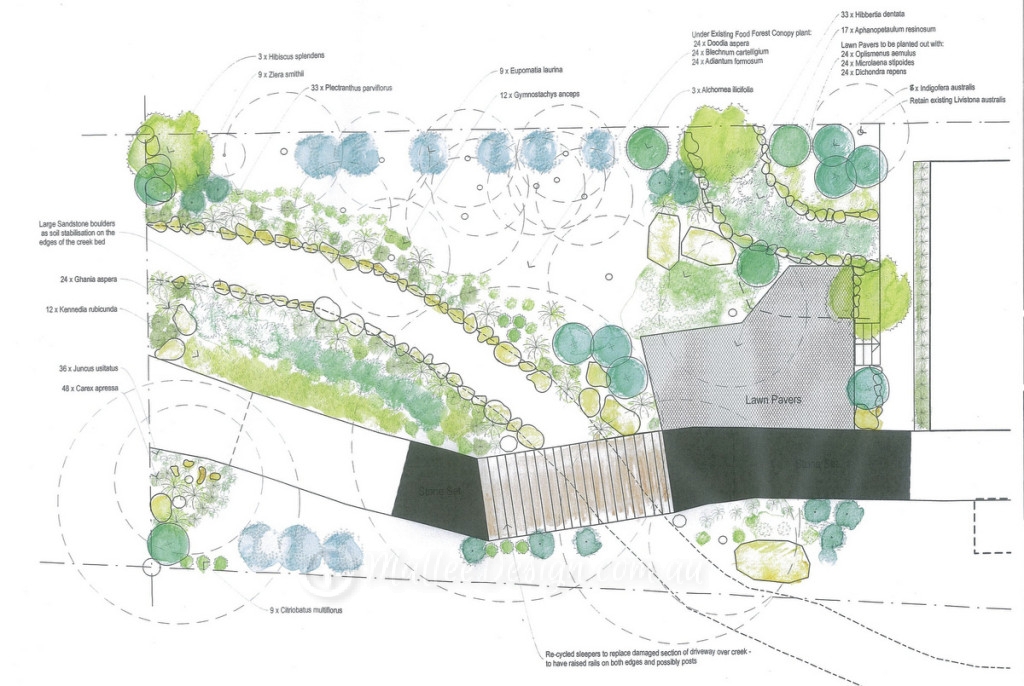
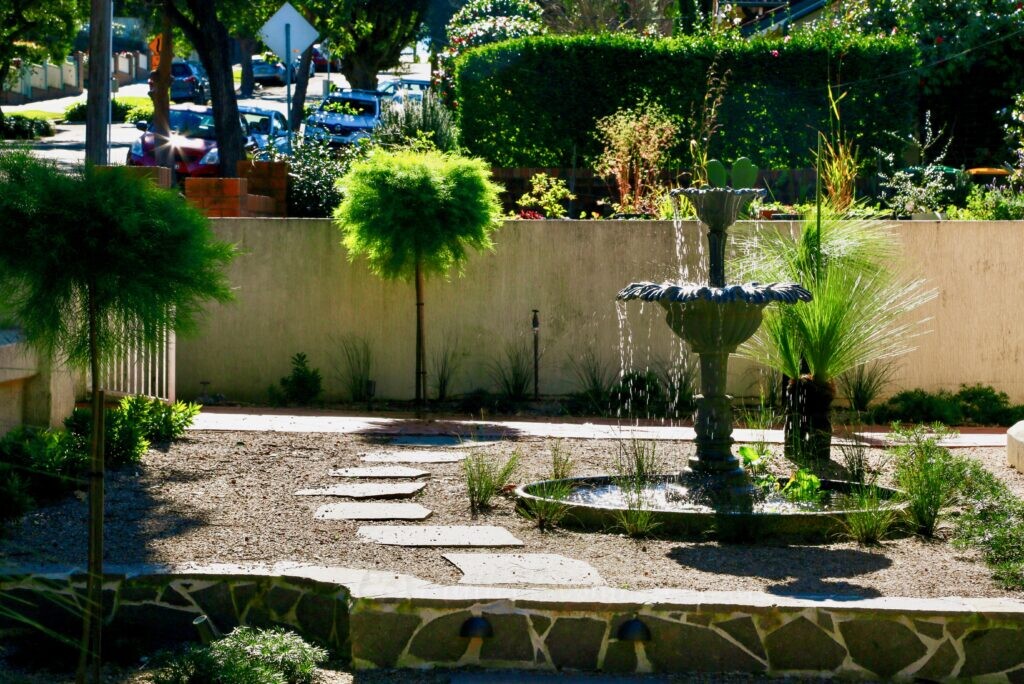
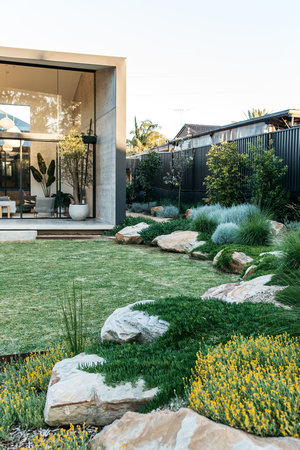
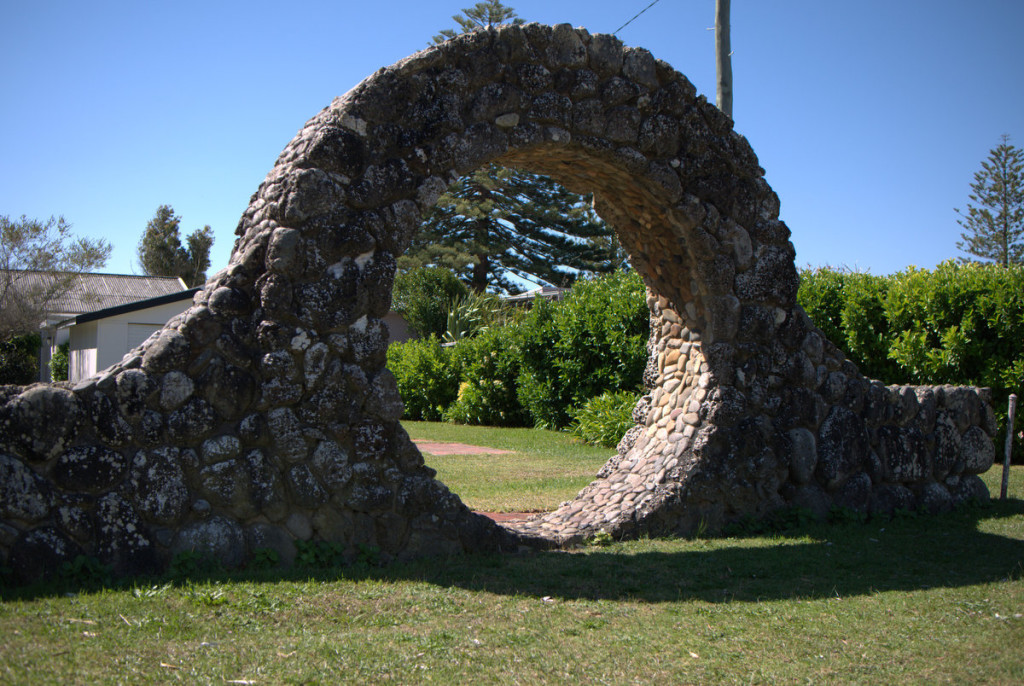
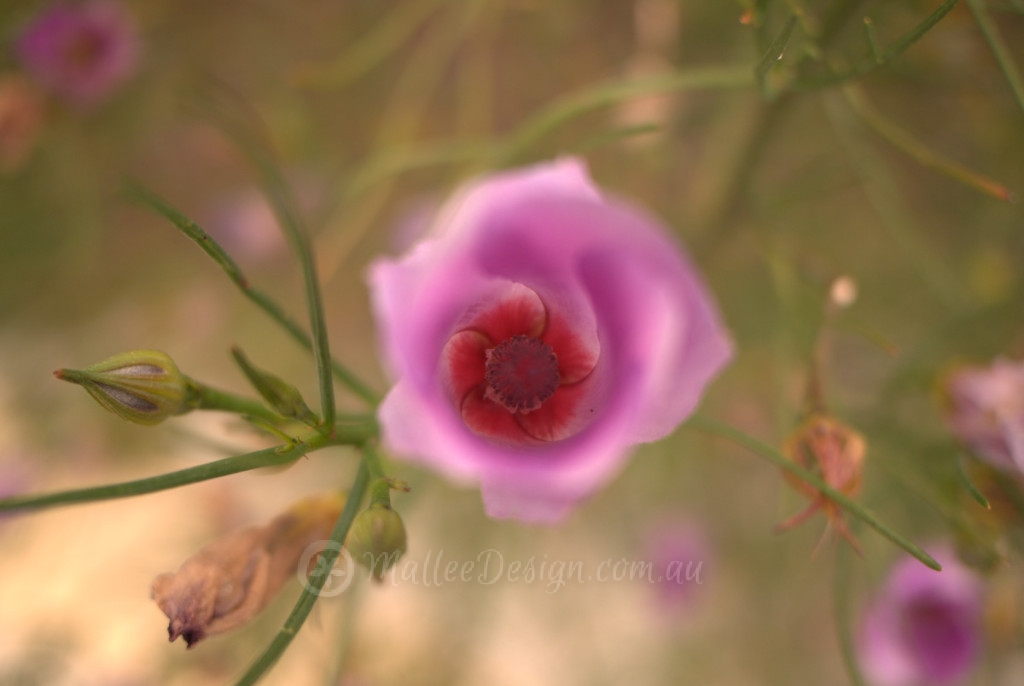

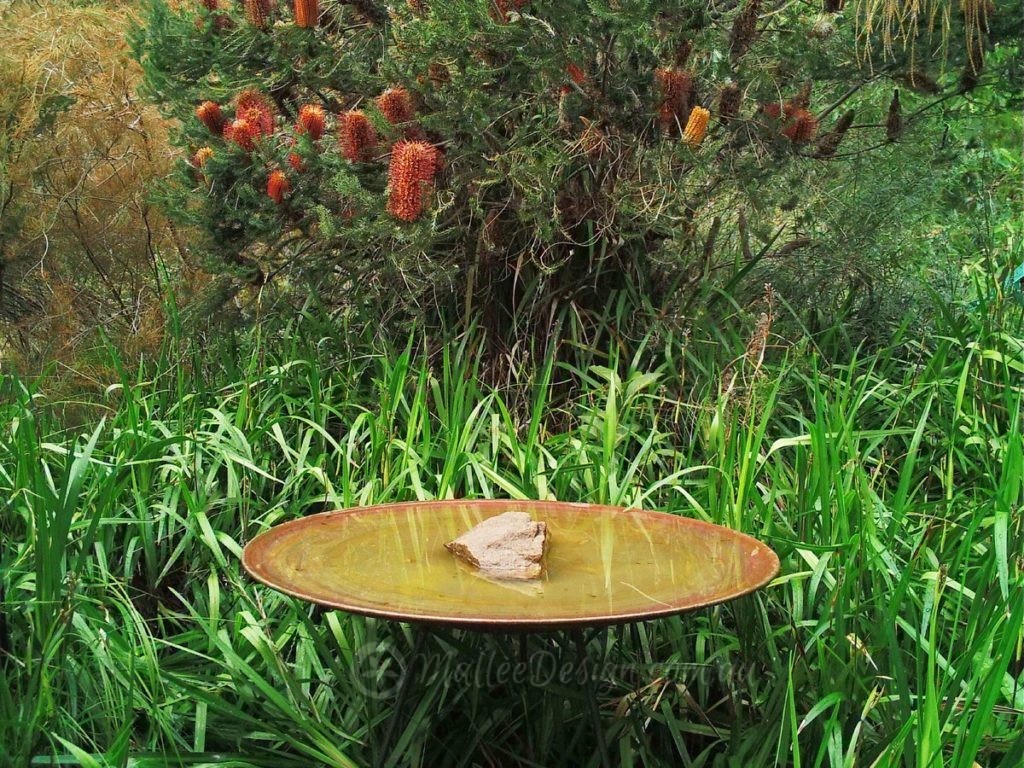
Leave a Reply